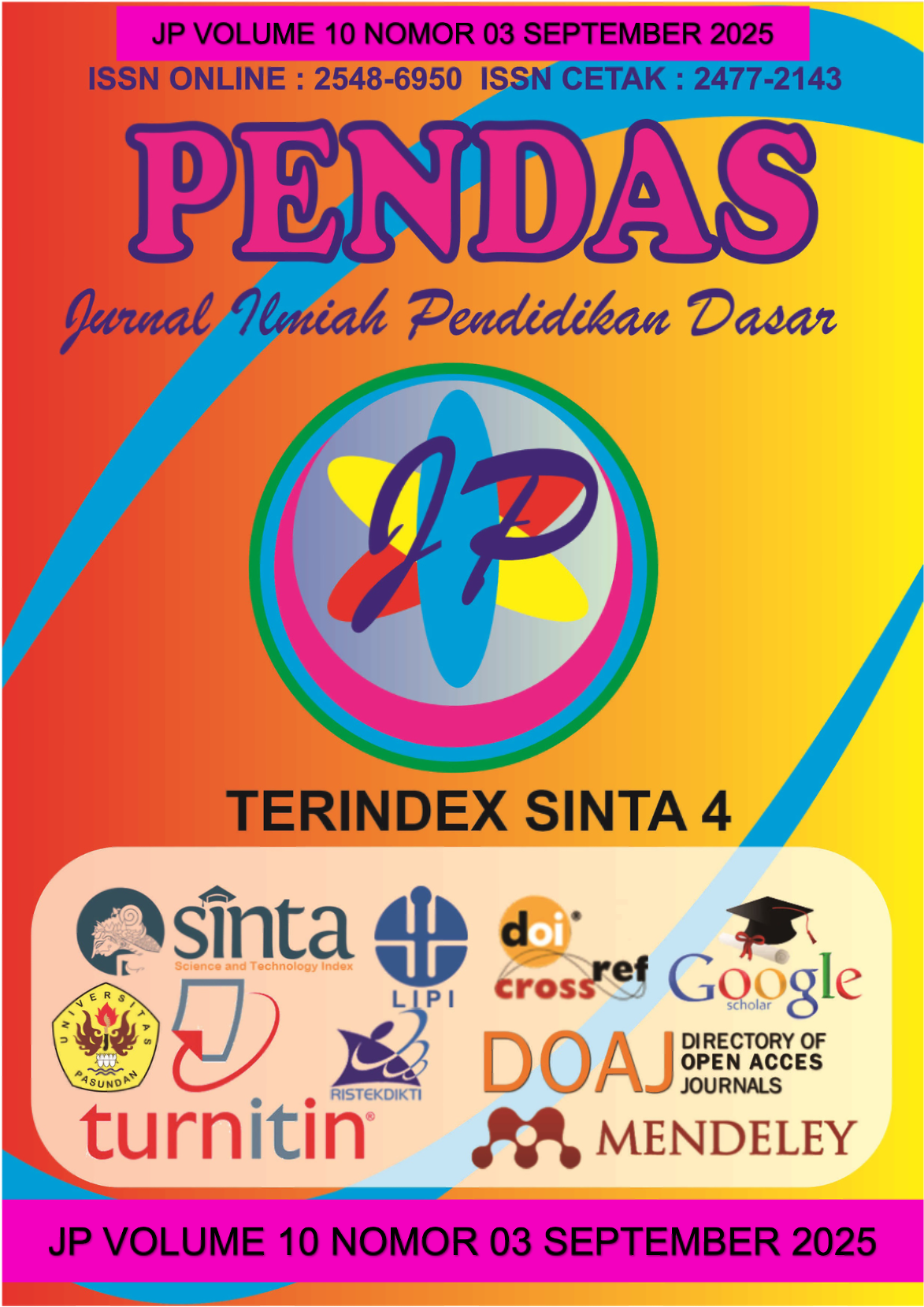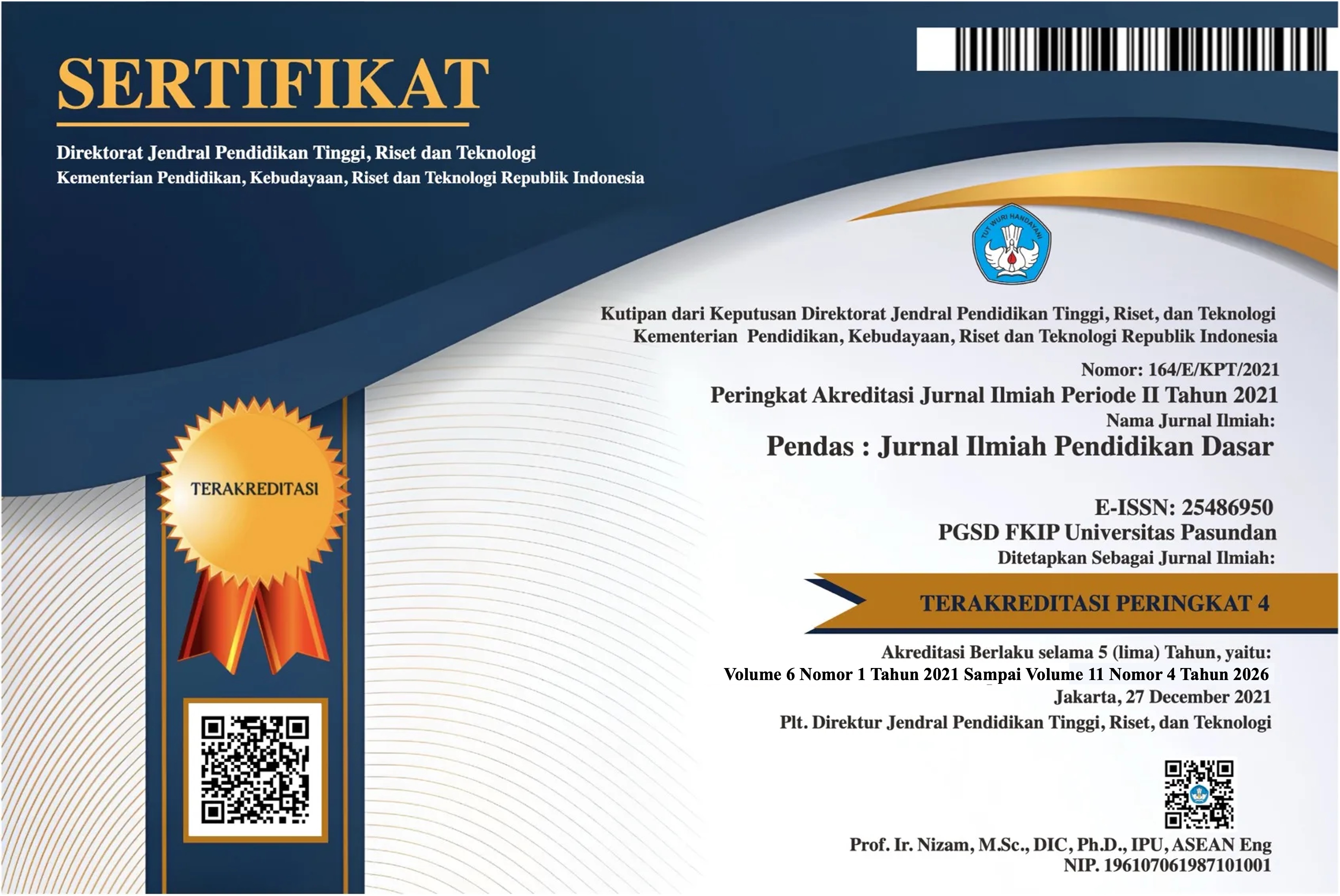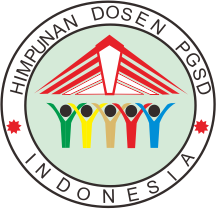KAJIAN SEMIOTIKA DALAM NOVEL INDONESIA
Penelitian Kualitatif
DOI:
https://doi.org/10.23969/jp.v10i03.32900Keywords:
Keywords: Semiotic studies, signs, icons, indexes, symbols.Abstract
This study aims to reveal the meaning of signs in three Indonesian novels, The name are Tenggelamnya Kapal Van Der Wijck by Hamka, Pada Sebuah Kapal by Nh. Dini, and Susuk Kapal Borobudur by Mujoko, through Charles Sanders Peirce's semiotic approach. The focus of the study is directed at the analysis of icons, indexes, and symbols in the narrative, using descriptive qualitative methods through intensive reading and data categorization based on Peirce's semiotic theory. The results of the study show that in Tenggelamnya Kapal Van de Wijck, icons appear through descriptions of ships and ports; indexes are seen from natural signs such as storms and ocean currents that reflect the characters' inner conflicts; while symbols appear in the form of ships as symbols of destiny and customary conflicts. In Pada Sebuah Kapal, icons are present through the physical details of the ship and the activities within it; indexes are seen from the weather, sounds, and movements of the sea that describe psychological dynamics; symbols are manifested in ships as a metaphor for women's search for identity and freedom. Meanwhile, Susuk Kapal Borobudur displays icons in the form of ship artifacts and cultural ornaments; indexes through natural phenomena and rituals that hint at supernatural events; and symbols in the form of implants and ships, representing ancestral heritage and the maritime spiritual power of the Indonesian archipelago. All three novels utilize ships and the sea not only as settings but also as centers for constructing moral, cultural, and philosophical meanings. The analysis confirms that icons, indices, and symbols function to construct complex layers of meaning related to identity, cultural values, and the collective experiences of the community.
Keywords: Semiotic studies, signs, icons, indexes, symbols.
Downloads
References
Abdurakhman, M. (2012). Anak Berkesulitan Belajar. Jakarta: Rineka Cipta.
Ambarani, dan Maharni, Nazia. (2012). Semiotika dan Aplikasi Pada Karya Sastra. Semarang: Press.
Aminuddin. (2015). Pengantar Apresiasi Karya Sastra. Bandung: Sinar Baru Algensindo.
Hamka. (2017). Tenggelamnya Kapal Van Der Wijck. Jakarta: Gema Insani.
Mujoko, Habibie. M, dkk. (2023). Susuk Kapal Borobudur. Jakarta: PT Merdeka Karya Bersama.
Nawawi. H. (2007). Metode Penelitian Bidang Sosial. Yogyakarta: Gadjah Mada University.
Nh. Dini. (2018). Pada Sebuah Kapal. Jakarta: PT Gramedia Pustaka Utama.
Ratna. N.K. (2015). Teori, Metode, dan Teknik Penulisan Sastra. Yogyakarta: Pustaka Pelajar.
Samsuri. (1987). Analisis Bahasa. Jakarta: Erlangga.
Sudaryanto. (2015). Metode dan Teknik Analisis Bahasa. Yogyakarta: Sinata Dharma. University Press.
Supena, A. (2024). Analisis Semiotika Charles Sanders Peirce Dalam Novel “Pasung Jiwa” Karya Okky Madasari. FKIP Universitas Sultan Agung Tirtayasa: Jurnal Pendidikan Bahasa dan Sastra Indonesia.
Teeuw. A. (2013). Sastra dan Ilmu Sastra. Bandung: Pustaka Jaya.
Thamimi, M. (2016). Semiotik Dalam Movel Surat Kecil Untuk Tuhan Karya Agnes Davonar. IKIP PGRI Pontianak: Jurnal Pendidikan Bahasa, Vol. 5(1).
Tinaarbuko, S. (2008). Semiotika Komunikasi Visual. Yogyakarta: Jalasutra.
Waluyo, HJ. (1995). Teori dan Apresiasi Puisi. Surakarta. Erlangga.
Wellek dan Werren. 1990. Teori Kesusastraan. Diterjemakan: oleh Melani Budianata. Jakarta: Gramedia.
Wulandari, S., & Siregar, E. D. (2020). Kajian Semiotika Charles Sanders Pierce: Relasi Trikotomi (Ikon, Indeks dan Simbol) dalam Cerpen Anak Mercusuar Karya Mashdar Zainal. Titian: Jurnal Ilmu Humaniora, 4(1), 29-41.
https://online-journal.unja.ac.id/titian/article/view/9554
Yuliantini, D. (2017). Semiotika Dalam Novel Rembulan Tenggelam Di Wajahmu karya Tere Liye. FKIP Universitas Galuh: Jurnal Literasi, Vol. 1(2). https://jurnal.unigal.ac.id/literasi/article/view/785
Downloads
Published
Issue
Section
License
Copyright (c) 2025 Pendas : Jurnal Ilmiah Pendidikan Dasar

This work is licensed under a Creative Commons Attribution 4.0 International License.



















